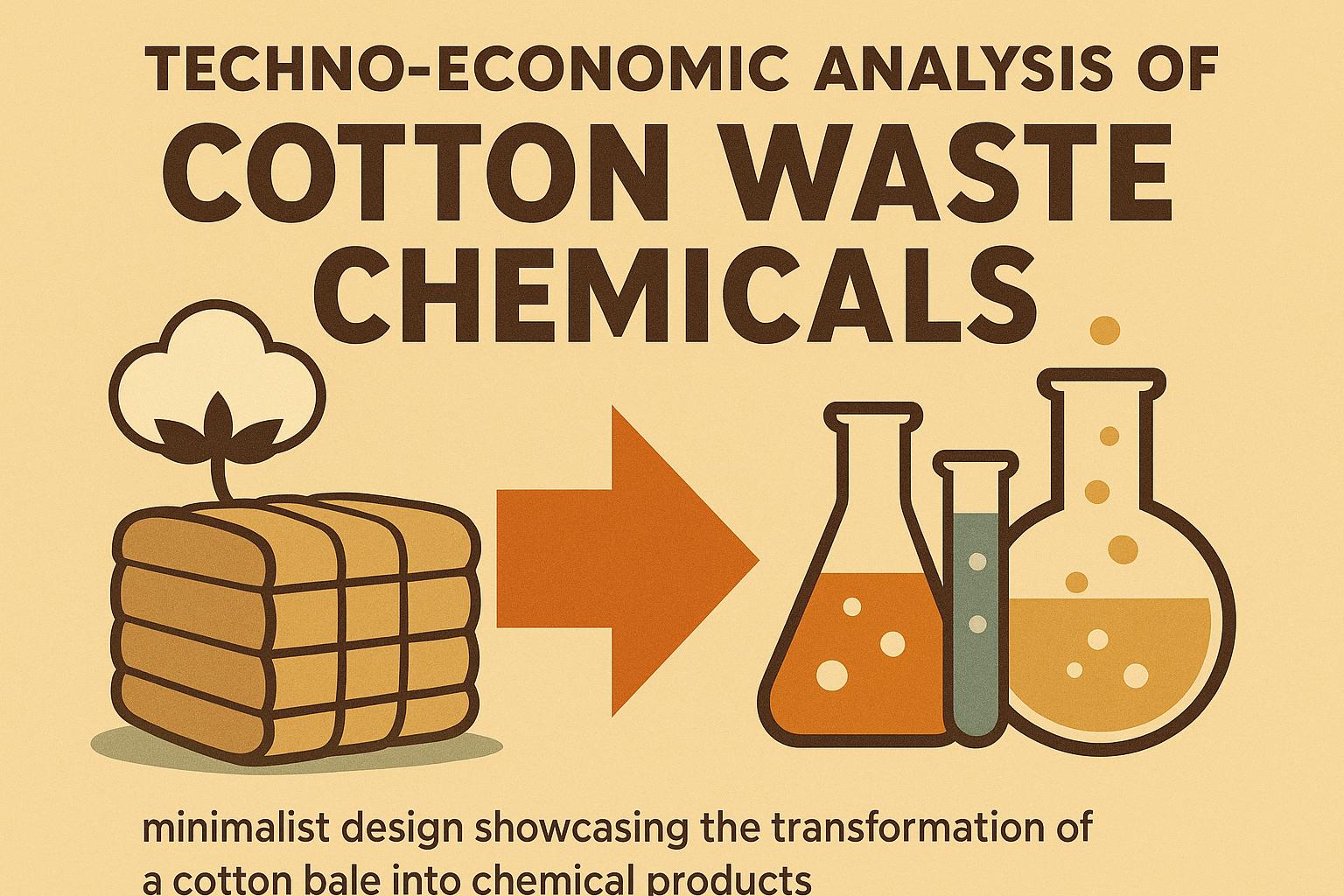Executive summary (TL;DR)
- Scout early for verticillium wilt symptoms like yellowing lower leaves and vascular browning—rotate with non-host crops like sorghum to cut pathogen buildup by 50%+ over 3-4 years.
- Use resistant varieties with VF ratings above 4; combine with fumigation in high-pressure fields to boost yields 10-20% without heavy chemical reliance.
- Soil solarization in off-seasons kills microsclerotia effectively—test soil pre-plant for spore counts under 10/g to guide low-input strategies.
Related Post: For broader insights into crop threats, check out our post on Cotton Disease Management: Prevention, Identification, and Control Strategies.
We have walked enough cotton rows over the years to know that verticillium wilt isn’t just another field problem—it’s a silent thief that can shave off 20% of your yield before you even notice the full damage. You’re out there scouting for bollworms or thrips, and suddenly you spot those telltale yellowing leaves on the bottom, maybe some wilting on one side of the plant. By then, the fungus is already choking the vascular system, and you’re playing catch-up. For folks like us with a decade or more under our belts, managing verticillium wilt in cotton isn’t about panic; it’s about smart, layered tactics that fit into your operation without breaking the bank.
We’re not talking basics here—you know your Fusarium from your Verticillium. This is about refining what works based on extension trials and real dirt results. I pulled from university data across the Belt, like Texas A&M and UC Davis, where they’ve tested everything from rotations to genetics. No silver bullet, but stack these approaches right, and you can keep losses under 5-10%. Let’s dig in, row by row.
Identifying Verticillium Wilt Early
First off, don’t wait for the whole field to look sick. Early detection is your edge. Verticillium dahliae, the main culprit in cotton, survives as microsclerotia in the soil—tiny, tough spores that can hang around for 10-15 years. Symptoms kick in around bloom or early boll set: lower leaves yellow between veins, turn brown, and drop. Cut the stem, and you’ll see that dark brown streaking in the vascular tissue. It’s unilateral at first—one side wilts while the other looks fine—unlike drought stress, which hits evenly.
In my experience, hot, dry spells make it worse, but cool, wet soils favor infection early on. Soil sampling is key: Labs like those at Mississippi State can count microsclerotia per gram. Threshold? Over 10/g means high risk; under 5/g, you might skate by with monitoring. Scout weekly from squaring, focusing on sandy spots or low areas where water sits. Use apps for mapping—flag hot zones so you can target treatments.
Crop Rotation: Breaking the Cycle
Rotation is the foundation for managing Verticillium wilt in cotton. The pathogen builds up in host crops like cotton, potatoes, or tomatoes, so switching to non-hosts starves it out. Extension data from California shows 3-4 years out of cotton can drop microsclerotia by 50-70%. Go with small grains like wheat or sorghum—they’re not just fillers; they improve soil structure and suppress weeds that might harbor the fungus.
Here’s a sample rotation plan based on Arizona trials:
- Year 1: Cotton (if low pressure)
- Year 2: Sorghum or corn
- Year 3: Wheat or barley
- Year 4: Legumes like alfalfa (but watch for root-knot nematodes)
In the Southeast, where humidity ramps up disease pressure, add a winter cover like rye—it competes with weeds and adds organic matter, which boosts beneficial microbes that antagonize verticillium. One grower I know in Georgia cut wilt incidence by 40% with a corn-cotton-wheat loop. Drawback? Lost cotton acres short-term, but yields bounce back stronger. Factor in market prices—sorghum might not pay like cotton, but it’s insurance against wipeouts.
Resistant Varieties: Your Genetic Shield
Genetics have come a long way, and for managing verticillium wilt in cotton, picking the right variety is non-negotiable. Look for those VF (verticillium and fusarium) ratings—aim for 4 or higher on a 1-5 scale. Lines from Deltapine or PhytoGen often score well in Beltwide trials, showing 15-25% less wilt and higher lint turnout.
Don’t just grab the highest yielder; match to your soil. In the High Plains, where sandy loams dominate, tolerant varieties like DP 1646 hold up better under irrigation stress. UC trials peg tolerant cultivars at 10-20% yield gains in infested fields versus susceptibles. Stack with other traits—Bt for pests, herbicide tolerance for clean fields. Seed companies provide ratings; cross-check with local extension for regional performance. I’ve seen guys switch to tolerants and drop fungicide needs by half.
Table of key variety traits for wilt management:
| Trait | Benefit | Example Varieties | Regional Fit |
|---|---|---|---|
| High VF Rating | Reduces vascular plugging | PHY 480 W3FE | Southwest, dryland |
| Root Strength | Better water uptake despite infection | DP 2141NR B3XF | Southeast, irrigated |
| Early Maturity | Escapes late-season buildup | ST 4946GLB2 | High Plains |
| Nematode Resistance | Synergizes against co-infections | NG 5711 B3XF | Sandy soils everywhere |
Soil Management and Amendments
Healthy soil fights back. Verticillium loves compacted, low-organic soils, so build tilth with amendments. Compost or manure boosts microbial activity—studies from NCSU show antagonistic bacteria like Pseudomonas can suppress spores. Apply 5-10 tons/acre pre-plant; till lightly to incorporate.
pH matters: Keep it 6.0-7.0 to optimize nutrient uptake and limit fungal growth. Lime if acidic. In calcareous soils (high pH), watch for micronutrient ties—zinc or iron deficiencies mimic wilt. Foliar apps help, but soil tests guide.
Irrigation: Over-watering spreads spores; under-watering stresses plants into susceptibility. Drip or pivot with scheduling tools—aim for even moisture without saturation. Texas data links deficit irrigation to 15% less wilt by toughening roots.
Chemical Controls: Targeted, Not Blanket
Fungicides aren’t cures, but they protect. At-plant options like azoxystrobin (Quadris) in-furrow shield seedlings. Rates: 0.4-0.8 oz/1000 row ft. For high-pressure fields, fumigants like metam sodium pre-plant knock down populations—UC IPM reports 60-80% control, but it’s pricey and regulated.
Rotate chemistries to avoid resistance—mix FRAC groups 3 and 11. Foliar sprays mid-season if symptoms flare, but prevention beats reaction. One Delta farmer I talked to pairs fumigation with tolerants, holding losses to 5%.
Biofungicides are gaining: Products with Trichoderma or Bacillus subtilis colonize roots, outcompeting verticillium. Arkansas trials show 20-30% wilt reduction, eco-friendly bonus.
Cultural Practices: Everyday Wins
Tillage: Minimum-till preserves soil structure but can harbor residues; deep plow every few years to bury microsclerotia. No-till folks, incorporate covers to aerate.
Weed control: Hosts like nightshade or pigweed amplify spores—keep fields clean with pre-emerge like Warrant.
Sanitation: Clean equipment between fields; spores hitch rides on dirt.
Solarization: In hot regions, cover fallow soil with clear plastic for 4-6 weeks—kills top-layer spores. California data: 70-90% reduction in microsclerotia.
Monitoring and Long-Term Planning
Track incidence yearly—map fields with GPS for patterns. Thresholds: 10% infected plants trigger action. Labs quantify spores for precision.
Integrate: No single tactic wins; layer rotation, genetics, and chemicals. A multi-year Texas study showed combined approaches cut yield loss from 30% to under 10%.
When It Hits Hard: Recovery Mode
If wilt tanks a field, replant non-hosts immediately. Soil tests post-harvest guide amendments. Some inject bio-agents for remediation.
Economics: Lost yield averages $50-100/acre in mild cases; severe? Double that. Proactive management pays off—ROI on rotations and tolerants hits 2:1 or better.
I’ve seen operations turn wilt-prone ground into steady producers with patience. It’s not flashy, but it’s farming.
Actionable Takeaways
- Sample soil annually for microsclerotia; rotate out if over 10/g to slash buildup.
- Plant VF-rated varieties matched to your region—expect 15%+ yield protection.
- Layer in-furrow fungicides with bio-amendments for 20-30% suppression.
- Use solarization or fumigation in hot spots; monitor irrigation to avoid stress spikes.
What’s your go-to for managing verticillium wilt in cotton?


